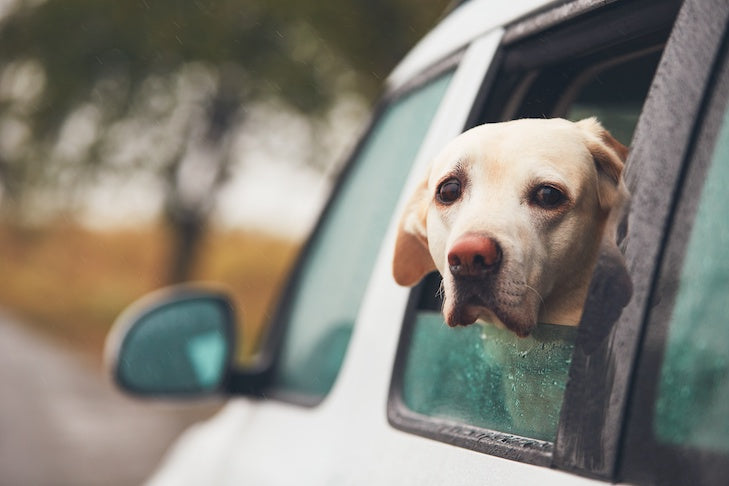Pets, like humans, must be evacuated immediately upon the issuance of an evacuation order and cannot be left behind. If something is unsafe for you, it is also unsafe for your dogs!
Take your pets with you if you evacuate, even if you believe you will be gone for just a few hours. Once you leave, you have no way of knowing how long you will be unable to return for your pets.
Prepare an emergency kit and plan for your pet, including naming a friend or neighbor who lives nearby who can gain entrance to your house and retrieve your pet if you are unable to do so during an evacuation order.
Ascertain that your dog is licensed to ensure that you can be reunited immediately in the event of a separation.
If you utilize a kennel or daycare, enquire about the facility's emergency plan.
Assure that you have a "Grab and Go" bag for your pet that has adequate water, pet food, and if required, pet medicine. Pet "Grab and Go" products should contain the following:
- Leash
- Pet restraint, muzzle, or harness
- Pet carrier
- Pet food for three days (or more)
- Water for three days (or more)
- Collapsible food and water dishes
- Treats, a favorite toy, and a small towel with your scent on it
- Waterproof backpack or bag for your pet supplies
- Copy of vaccination records
- Medications and basic pet first aid supplies
- Photos of your pet(s) with you and alone; can be used for identification
If you own a car and have a pet
If feasible, seek out pet-friendly accommodations, such as a pet-friendly hotel or a friend or family member.
If you want to remain at a public emergency shelter, bring a carry bag and leash for your pet with you.
The RMOW will attempt to send persons with pets to an emergency shelter where they may remain along with their owners. However, depending on the nature of the disaster and the location of emergency shelters, not all emergency shelters will take pets (particularly if they are not transported in a carrier), and exotic species may provide extra issues. Pet shelters may be distinct from and not directly next to public emergency shelters in certain circumstances.
Ascertain that all pets are wearing collars and tags with current identification.
If you do not own a car and have a pet
Make a plan NOW for how you will evacuate WITH your pet if an evacuation order is issued. Make plans for a ride with a pet-friendly family member or friend who has a car if feasible.
If you have the time, try connecting with a pet-friendly individual who owns a car using the ridesharing app like Lyft or Uber. When posting a transportation request, you may indicate that you have a pet.
If the community or neighborhood is evacuated, LEASH big dogs and secure other pets in carriers. You don't want to spend more time looking for a pet that may grow worried or aroused and flee.
If you do not have transportation for you and your pet, proceed to the nearest Central Muster Point with your pet. In the event of an evacuation, some transit buses will allow family pets in carrying cases. Transit may allow bigger animals on leashes to ride on buses in severe situations and for short distances.
It is extremely advised that you prepare for your pet now, to ensure that you have everything necessary to take the bus with your pet if necessary.
If you want to utilize public transportation with your pet or to remain in a public emergency shelter, pack a carry bag and leash for your pet, and verify that all pets are wearing collars and tags with current identification.
Assure that your pet has a "Grab and Go" bag.
After Evacuation
When you return home, keep a watch on your dogs since familiar odors and locations may have changed, confusing them.
Downed or exposed electrical lines, as well as disturbed animals, may constitute a risk.
Lease or lock up your dogs till they seem calm and their personalities return to normal.
Following these tips, you can ensure the safety of your pet during an evacuation.

